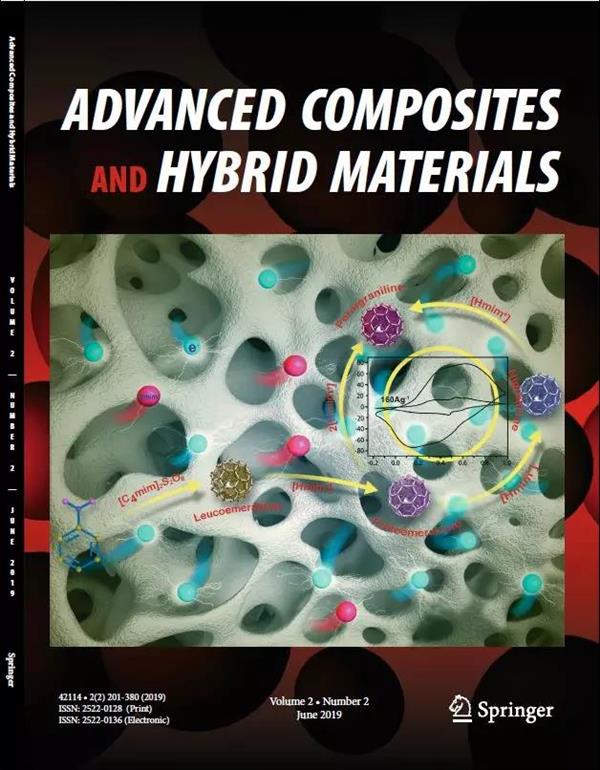Electronic structure optimizing of Ru nanoparticles loaded on carbon via amorphous Pr2O3 for accelerating hydrogen production from ammonia decomposition
Abstract
Green hydrogen is an effective energy countermeasure for global climate change and promoting the energy transition and COx-free hydrogen production from ammonia decomposition provides an economic benefit of hydrogen storage and transportation which garnering widespread attention. In this study, the catalyst consisting of highly dispersed Ru nanoparticles with amorphous Pr2O3 loaded on carbon supports was synthesized by the annealing of hybrid precursor in the presence of Pr and Ru ions. Benefitted from the optimized electronic structure of Ru nanoparticles stimulated by amorphous Pr2O3 and carbon supports, the catalyst exhibits enhanced capability of electronic transmission which promoting the recombination and desorption of nitrogen atoms, ultimately improving the catalytic activity during the thermal ammonia decomposition. The prepared catalyst achieved a remarkable ammonia conversion rate of 99% with a hydrogen production rate of 27.7 mmol·gcat−1·min−1(25,000 mL·gcat−1·h−1, 500℃), an exceptional stability of catalytic activity with a degradation of less than 3% after 200 h at a space velocity of 30,000 mL·gcat−1·h−1 under 500℃, further facilitating the development of more efficient hydrogen production from thermal catalytic ammonia decomposition.

 求助内容:
求助内容: 应助结果提醒方式:
应助结果提醒方式:


